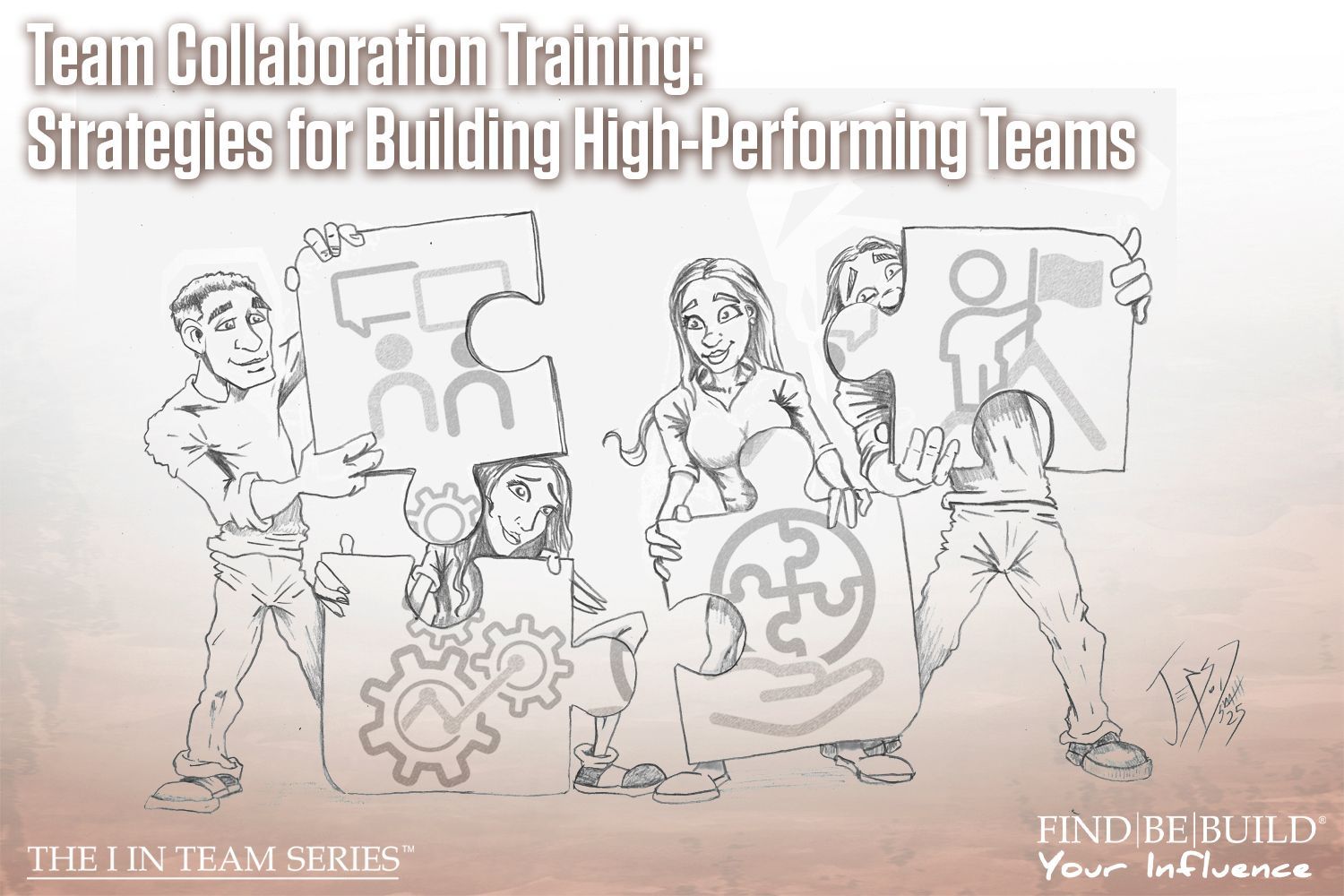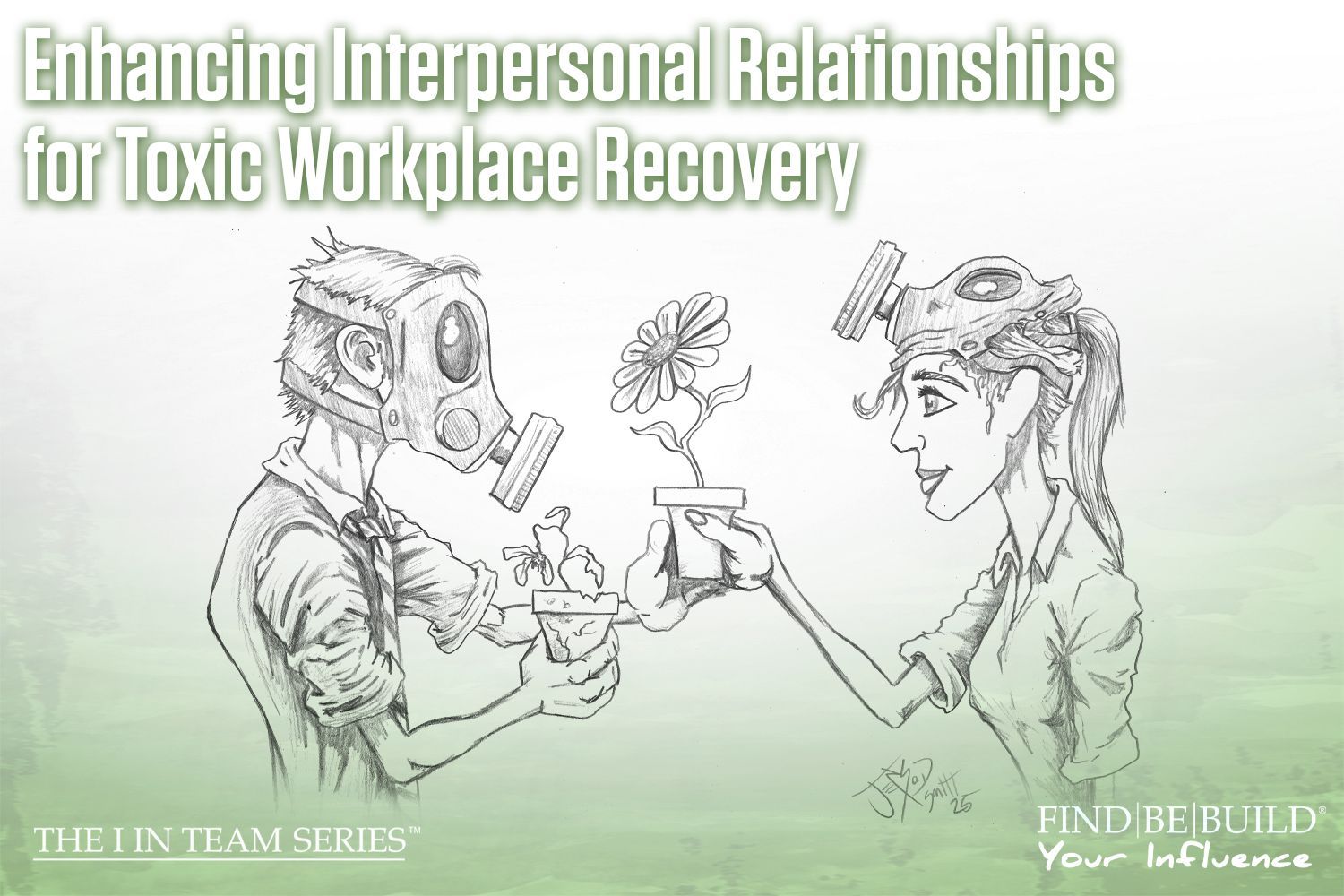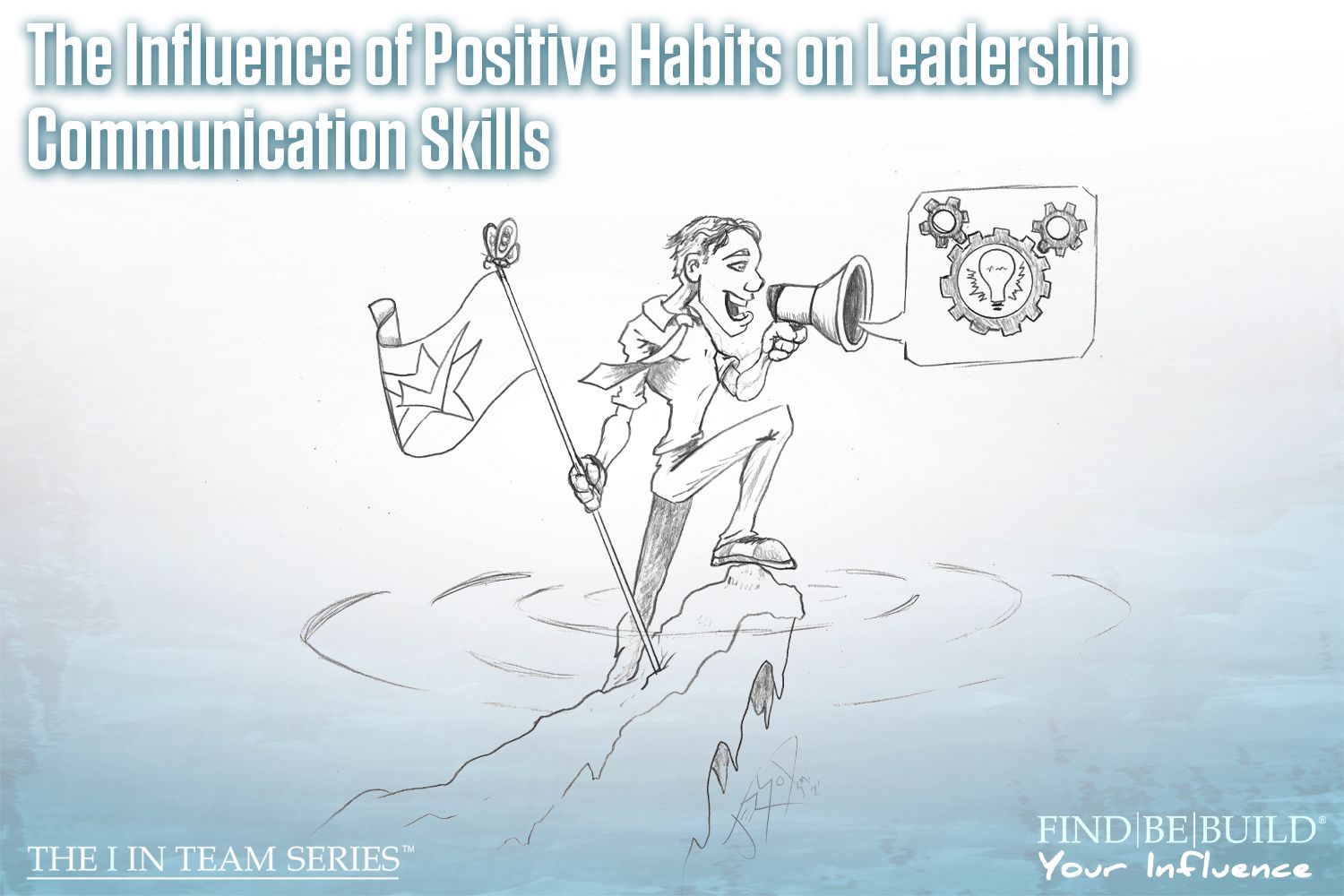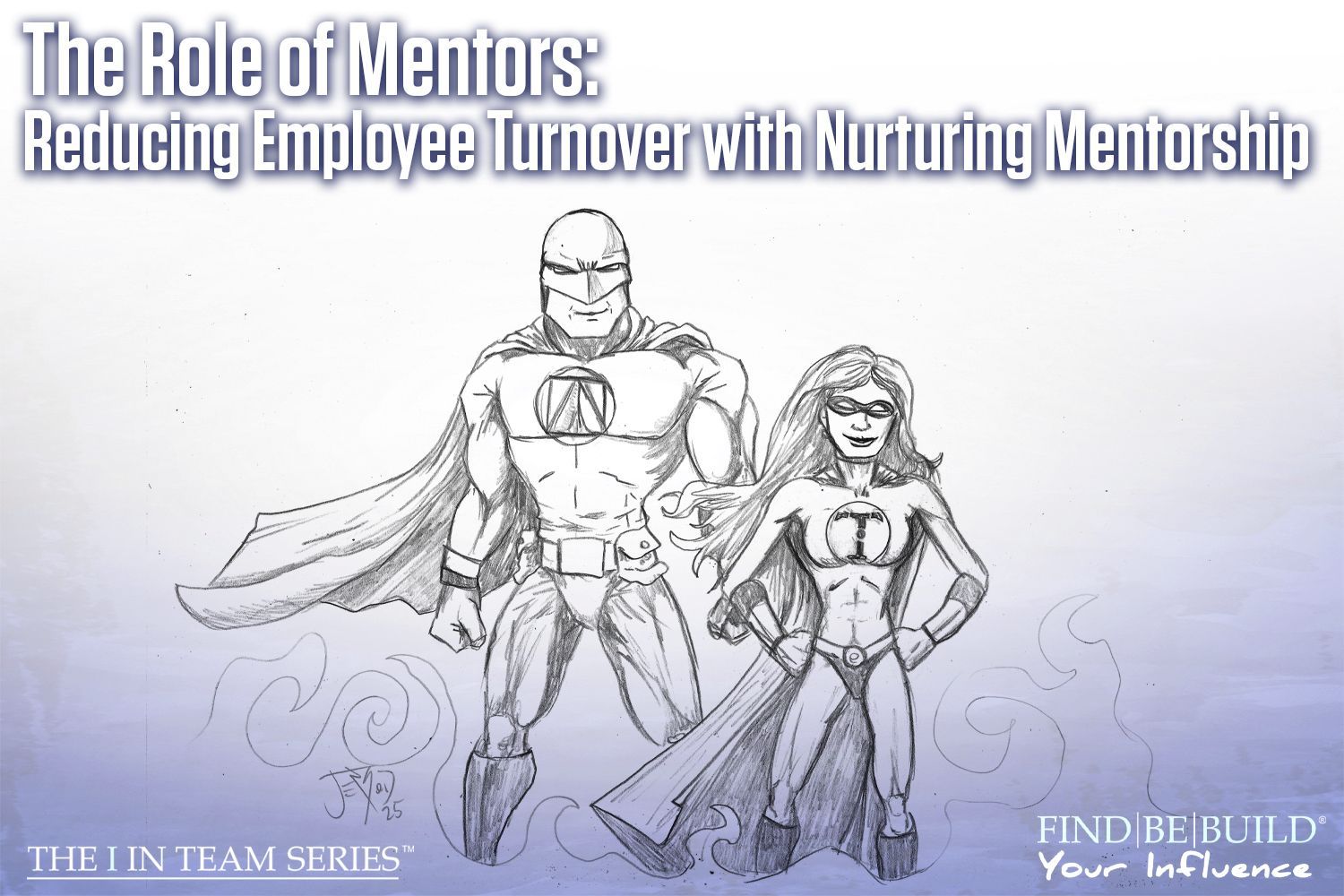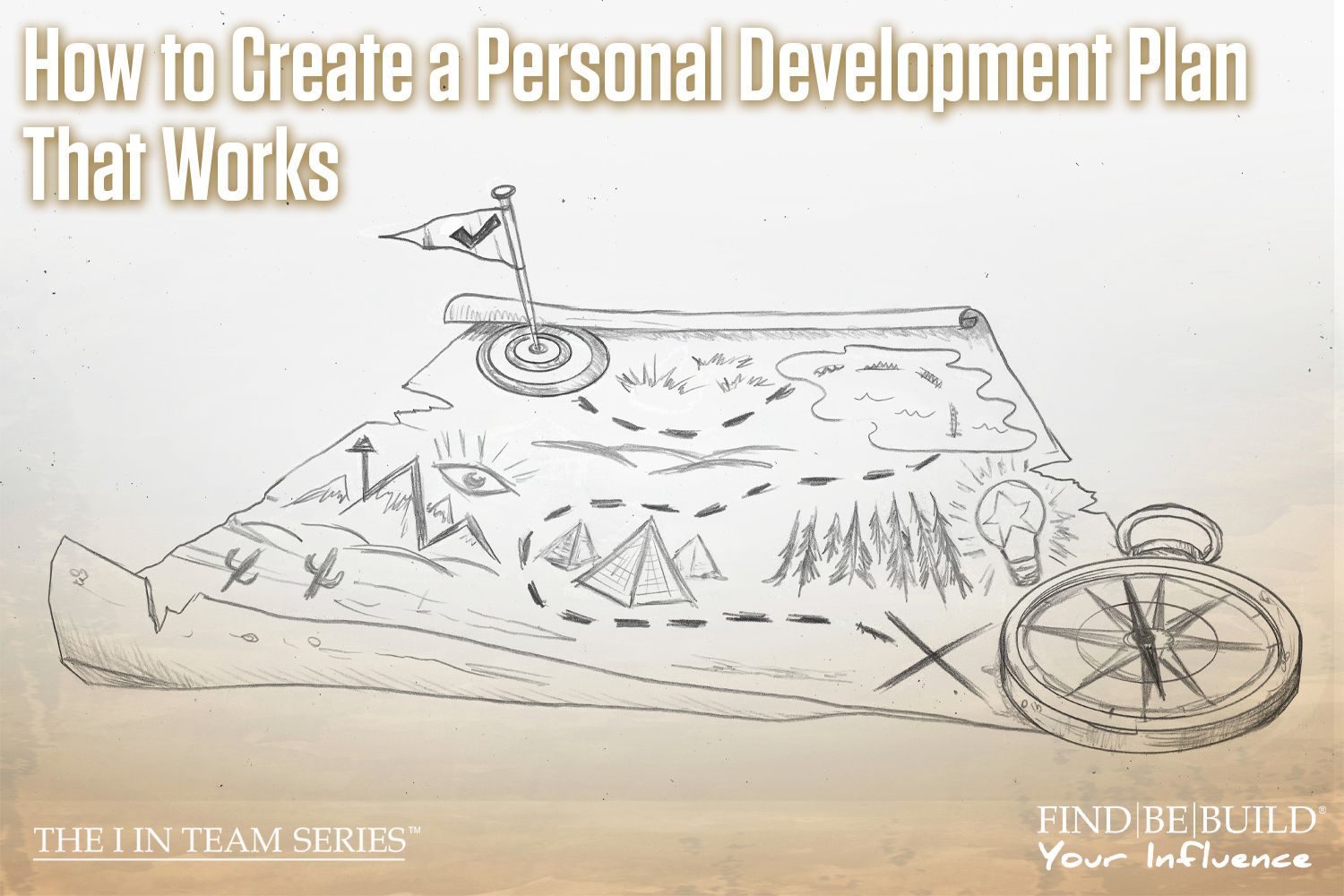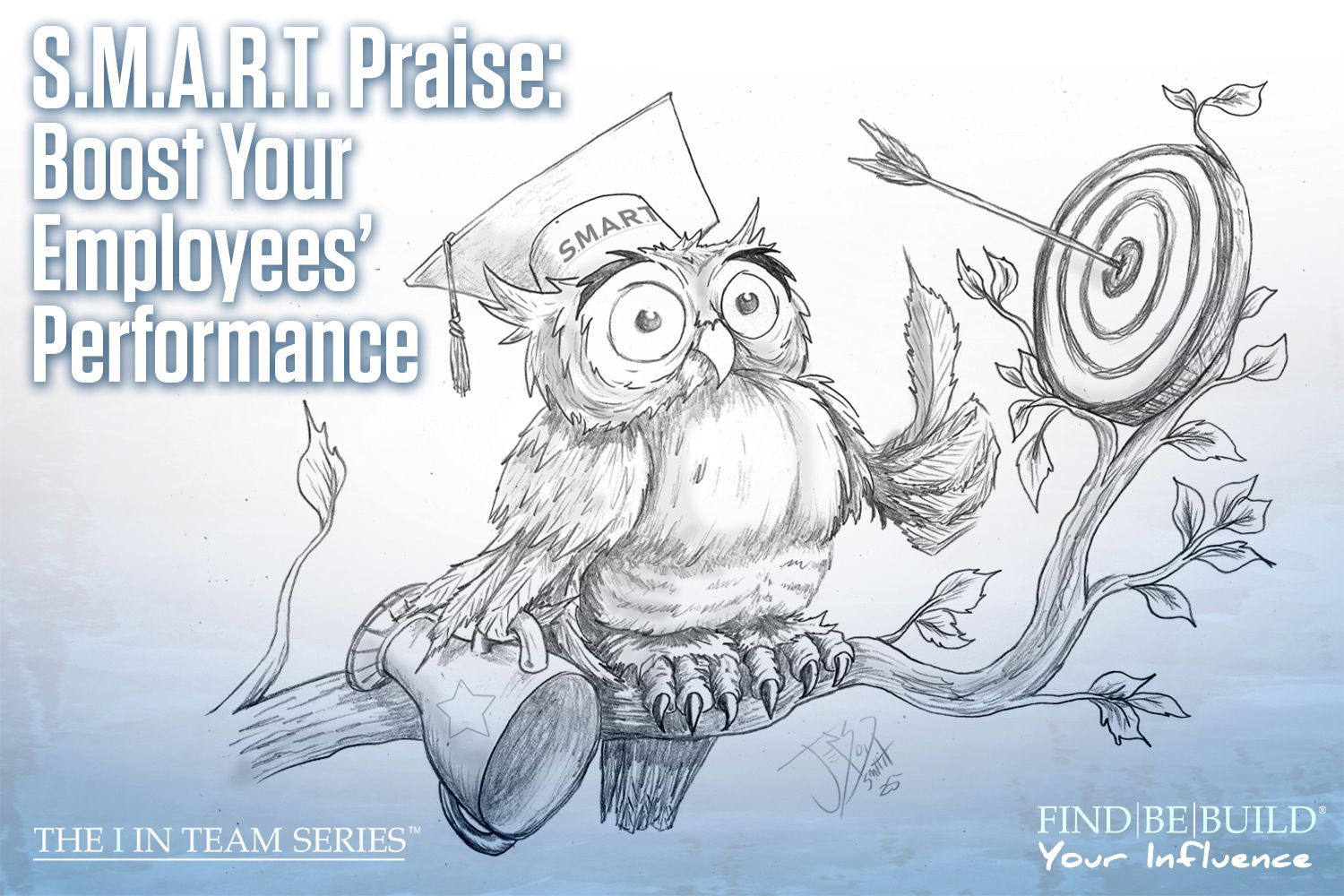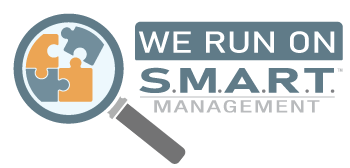WHAT DOES INCLUSION LOOK LIKE?

Inclusion in business consulting
Diversity and inclusion often go hand-in-hand, with several organizations talking about D&I (diversity and inclusion) or DE&I (diversity, equity, and inclusion) efforts. However, diversity is much easier to gain and to prove, and inclusion doesn’t follow behind just because diversity is present. Inclusion is a conscious action; it’s showing up to work everyday with the intention to make everyone on your team feel heard, included, and like they belong in that space free of judgment for what makes them diverse.
Knowing how to treat people inclusively is a skill that everyone needs to learn and work towards. It’s not something that inherently comes easy for us as human beings. Our brains are hardwired to not only seek out patterns, but to make us feel as comfortable as possible by assimilating with those who appear to be like us on the surface. While there is nothing wrong with this comfort, it can trap people in an echo chamber of their unconscious biases, making it more difficult to ponder or accept conflicting information. Building an inclusive environment is about making positive connections, not about perfection. The drive for inclusion in organizations starts at the top.
Unconscious Bias
Fostering a culture of inclusion sounds a lot easier than it actually is. It requires you to get comfortable with feeling uncomfortable, at least at first. Facing our unconscious bias makes us uncomfortable for 2 reasons: 1) It makes us feel guilty and ashamed to know we have shortcomings 2) we are challenging an assumption we believe to be true and our brains don’t like that. First, we shouldn’t feel guilty or ashamed for how we are hardwired. We ALL have unconscious bias; in fact, you can have unconscious bias about groups you belong to! They are just buried in our minds and it’s up to us to identify them and challenge their origin.
Why does this matter? Identifying and understanding unconscious bias is important because, most of the time, the bias is not true, yet they impact our thoughts and actions if we choose to not confront them. The fact is, we all come across people that we immediately do not like for a variety of reasons: groups they belong too, the way the speak, how they dress, or any other external reason that we can see and judge. When we judge someone based on their external diversity, before we get to know who they are internally, we are generalizing them through our unconscious biases. This is why identifying your unconscious bias and understanding it is so important for your positive influence. Unconscious bias occurs when you register what you see on the outside of an individual and associate them with past experiences or stereotypes. Remember, everyone is a unique individual and deserves to be treated as such.
The best way to uncover and get over unconscious bias is to start seeking them out. Look for the blind spots in your thinking, question snap judgements about others (even the good ones) and have compassion for yourself on this journey. Your interpretations of the world might not be wrong, but they might not be right either, and that’s okay. Nobody is perfect, so when we work to identify our unconscious bias, we must remain curious and omit justification. Ask others to be honest with you if they identify unconscious bias in your way of thinking and be open to exploring that. It may not feel good to be challenged. Take a breath, show yourself some love and empathy, and give yourself permission to learn more about the world. Expanding your mind with new information can only bring good things.
Who is responsible?
We are all responsible every minute of every day for our actions. Therefore, we are all responsible for fostering inclusion in the workplace. However, fostering inclusion does start at the top, with leaders, executive teams, and boards. Think of it this way, if you’re a leader and you perpetuate a culture of exclusion, why would your team act any differently? Leaders must cultivate cultures of inclusion in the workplace if they wish to create an organization that is inclusive of differences. This means leading by example and not being a, “Do as I say, not as I do” leader.
Ultimately, it starts with leaders, but that doesn’t mean all leaders are at the top of organizations. Leaders are scattered throughout the whole of the organization, not just at the top. While there are many manager and top positions held by leaders, not all leaders are in management or top positions. Leaders extend to peer groups and those who are courageous enough to use their voice and stand up for what they believe in. While the tops of organizations set the foundation for culture, that doesn’t mean the people of the organization can’t demonstrate behaviors they wish to see in their culture. It will be more difficult to influence change if the top of your organization isn’t on board, but that doesn’t mean you should follow in exclusion and negative influence. Inclusion is everyone’s responsibility. Set the example for everyone around you and be a positive influence on your teams.
Fostering Inclusion
Fostering inclusion in the workplace isn’t about being perfect or saying the right things to the right people at the right time. It’s about being open to new experiences, new ways of thinking, and allowing new perspectives to shift your understanding. Being inclusive is making others feel valued, heard, and appreciated for their unique contribution to the team and organization. By fostering a culture of belonging, organizations can make it so much easier to attract and retain top talent. While diversity is vital to the success of an organization, it doesn’t end there. If you spend capital attracting diverse talent, you need to ensure you can keep that diverse talent. The best way to do so is to foster a culture of inclusion.
Janice Gassam Asare writes for Forbes that one way to foster inclusion is through mentorship programs. Taking new team members and minority and women employees under your wing to demonstrate the culture of the organization through your actions is one of the best ways to ensure that you train your team to be inclusive. You aren’t above them; you are their mentor, their leader, and their guide. This mentorship program idea is particularly impactful when grooming the future leaders of the organizations. Remember, anyone can be a leader. It’s important to provide equitable opportunity to all employees, viewing them for their performance, achievements, growth, and commitment, rather than their diverse qualities.
Exclusion Pitfalls
Perhaps contrary to popular belief, focusing on what makes people different isn’t being inclusive, it’s excluding them based on their differences, and ignoring what makes people diverse is also excluding them. Are you confused? On the surface, this contradictory phenomenon doesn’t really make any sense. Don’t focus on someone’s differences but don’t ignore them? What’s the key factor in this? Your actions, your words, and how you show up to work every single day is key to making people feel included in your organization.
You shouldn’t focus on someone’s differences because it highlights that they aren’t similar to whatever group they are being compared to. This makes people feel excluded because we all want to feel like we belong and fit in. You also shouldn’t ignore someone’s differences because acting as if we are all the same is ignoring the beauty of diversity, which is also excluding. For example, you work with an individual who has a physical disability. Instead of highlighting it, or ignoring it, approach them with an open mind and be curious about life from their perspective. Be open that you don’t want to offend them by saying something insensitive, but that you care to know more about their experience and life and that you value them as a human being. How has their diversity shaped their world lens and what can you learn from it? This is how we can embrace diversity and inclusion, rather than shying away from it.
If you do say the wrong thing, apologize. Admit that it wasn’t your intent to cause discomfort or to alienate and ask follow up questions to learn more about how you may avoid offending them and others in the future. The truth is you will always find a way to offend people. That’s part of life. Recognize that the person informing you of feeling hurt is trying to be heard from their perspective, so don’t provide justifications like, “I’m just kidding, don’t be so emotional/sensitive.” This is invalidating their emotion, which you don’t have the right to do. Everyone lives in their own reality, and it should never be someone’s goal to offend others. Apologize, and try to step closer to the issue you just identified in yourself. You may not walk away changing your mind, but you will walk away being that much more aware of the world around you.
Conclusion
Being open, empathetic, and compassionate towards others while also working on yourself may seem intimidating, but you aren’t alone. These are issues we all have to deal with, as a society. Society won’t change unless we change and push others to change. Life will not get better for the many if we continue to focus on the destruction of the few. We can change the world one person at a time, and it starts in our spheres of influence. Be courageous, open-minded, and have a growth mindset to foster a culture of inclusion in your organization. It all starts with you. Do you accept this challenge?
